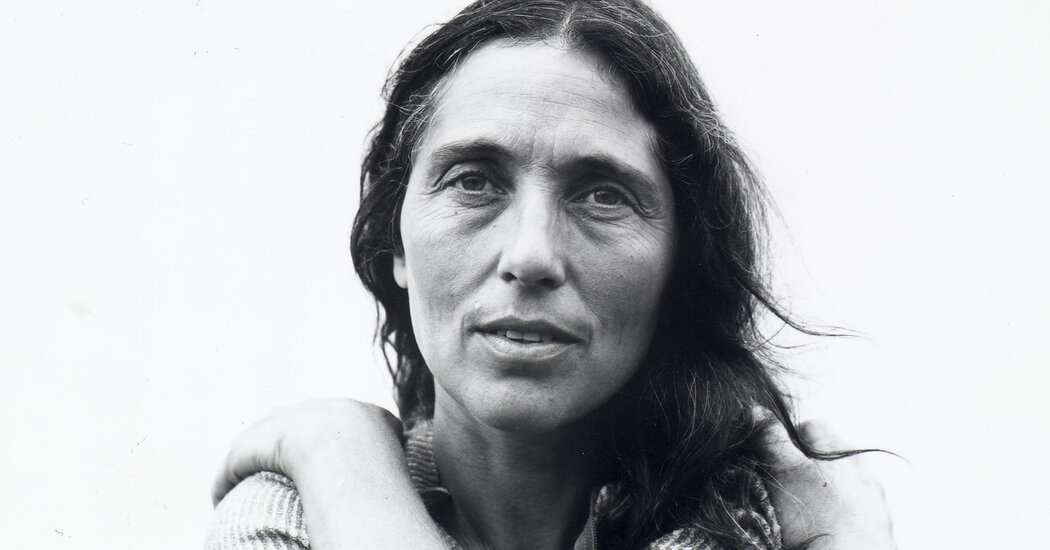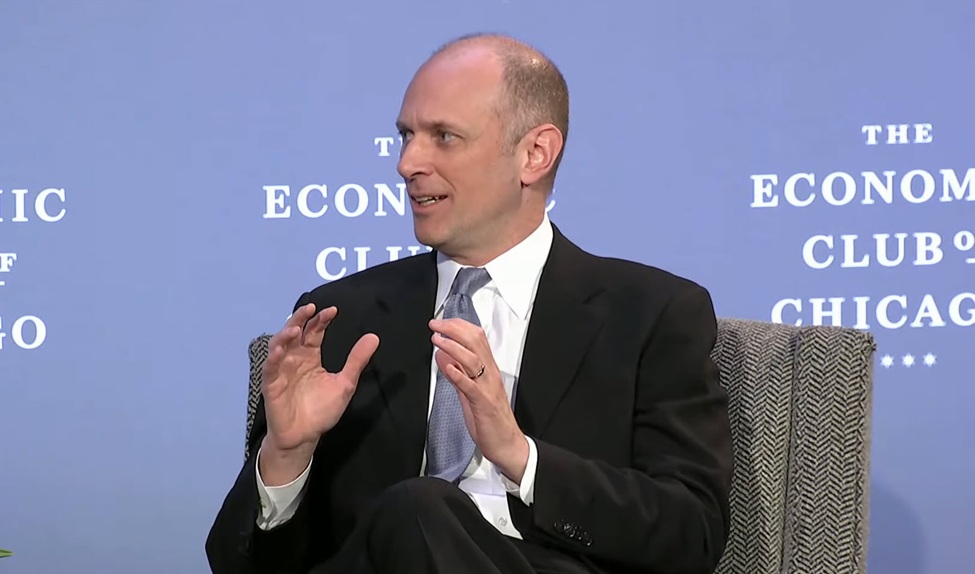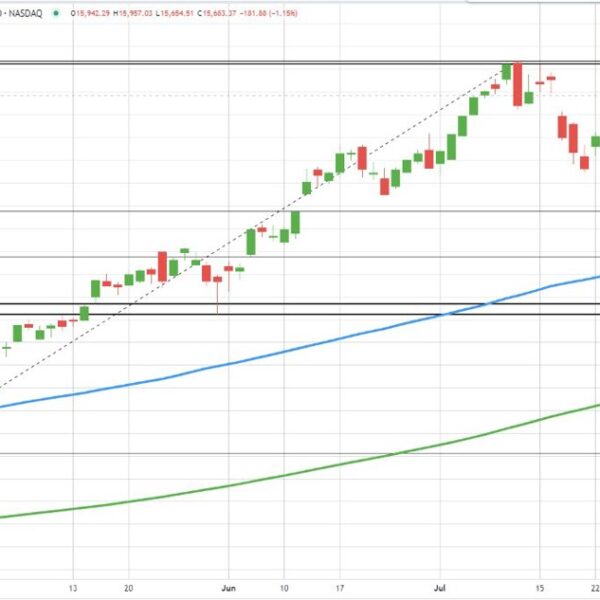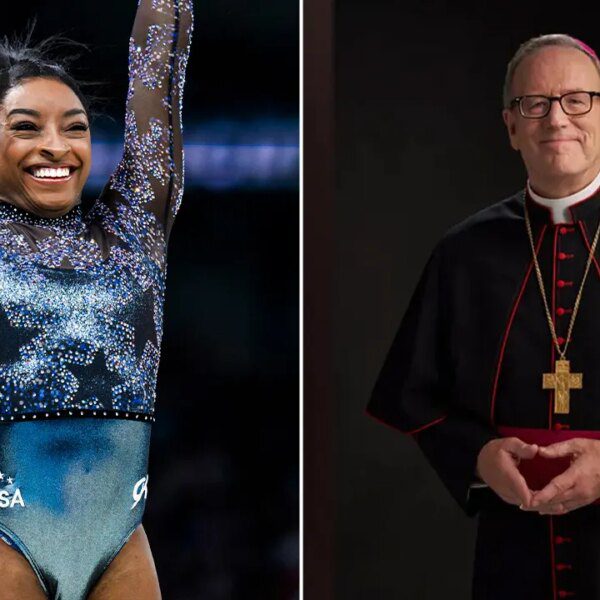June Leaf, a painter and sculptor whose exploration of the female form, by turns whimsical, graceful and ominous, paved the way for later generations of feminist artists, died on Monday at her home in Manhattan. She was 94.
The cause was gastric cancer, said Andrea Glimcher, her agent at the Hyphen management firm and a friend.
Ms. Leaf worked for much of her long career outside the mainstream. Idiosyncratic and intuitive, she developed a unique blend of expressionism and primitivism, allied with a childlike sense of play. Her varied output included toylike kinetic sculptures; frantic ink drawings with a nervous, tensile line; satirical social scenes; and macabre skeletons painted on canvas or tin.
Womanly power was a recurring theme, expressed early on in goddesslike figures with hugely distended hips and breasts and women with batlike wings or gyroscope torsos, and later in a powerful series of metal heads reminiscent of tribal sculpture.
At no point did the work align with prevailing trends in contemporary art, and for much of her life Ms. Leaf was overshadowed by her husband, the photographer Robert Frank, whom she married in 1975. She nevertheless commanded a devoted audience attuned to her unique frequency, as well as the admiration of a small group of critics and curators.
Reviewing her first solo New York show in 1968, Hilton Kramer of The New York Times called her work “remarkably forceful and robust — the product of an earthy imagination with a striking talent for projecting images that are at once ferocious and macabre, satirical and touching.” He added, “She is that rare thing in painting today: a poet with a taste and a talent for complex images.”
She retained her capacity to surprise over a career that began in the late 1940s, dividing her time between Manhattan and Mabou Mines, Nova Scotia. She exhibited her work at the Allan Frumkin Gallery in New York in the 1960s and in Chicago in 1970, and later at the Edward Thorp Gallery in New York, which she joined in 1985.
June Leaf was born in Chicago on Aug. 4, 1929, and grew up in the West Garfield Park neighborhood, on the city’s west side. Her father, Phillip, was a dreamer and a chronic gambler who helped run the family’s tavern and liquor store. His less than stellar performance led his parents to draft his wife, Ruth (Ettleson) Leaf, to play a leading role in the business.
June began drawing in early childhood. In grade school she experienced a kind of epiphany when she approached the teacher’s desk to show her a drawing she had done based on the biblical story of Joseph and his brothers.
Her teacher pointed her toward the door, thinking she wanted permission to go to the bathroom. “I looked at her, and I looked in my hands, and I thought, ‘Oh. That’s how it is,’” Ms. Leaf recalled in a 2016 interview with the online publication Hyperallergic. “You can make something and you see it. But then you have to spend your life to get the world to see it.’”
She studied ballet — many of her works feature pirouetting women — and did some modeling before enrolling in the Institute of Design at the Illinois Institute of Technology in Chicago in 1947. She left school to live in Paris for a year before returning to the United States. She earned a bachelor’s degree in art education from Roosevelt University in 1954 and, that same year, a master’s degree in art education from the Institute of Design.
In Paris, Ms. Leaf told Hyperallergic, she had spent her time “with my head down, looking at textures, and patterns in the sidewalks.”
“I was thinking about Mark Tobey and Paul Klee,” she said. “I was still rooted in the abstract tradition. I made a small painting of cobblestones.”
She quickly evolved an expressionistic style, turning out collages and works on paper in watercolor and ink. A gallery of grotesques emerged, strange figures she returned to obsessively, including the machine-women epitomized by “Gyroscope Woman” (1952) and goblins like the scolding male in “If You Take Too Much You Will Be Punished!” (1962-63).
“I work with these figures until I am released from them,” she told Hyperallergic. “I am just grateful when I can be liberated from these creatures that come and stop me dead in my tracks.”
After moving to New York in 1960, she married Joel Press, a jazz musician. The marriage ended in divorce. Her second husband, Mr. Frank, died in 2019. No immediate family members survive.
In the late 1970s and the early ’80s, Ms. Leaf began making small tin and wire sculptures that swayed or wiggled, including “The Painter” (1980), which portrayed a woman on a T-shaped seat atop a strand of wire, wielding a batonlike paintbrush. She later began incorporating eggbeaters and sewing-machine treadles into fanciful sculptures.
She also embarked on one of her most distinctive series: the head of a woman with a serene, masklike face, her skull elongated in the shape of a chignon. “Life is like all these ecstasies that burn themselves into my brain,” she said in an interview with the Washington Project for the Arts in 1991.
Her flair for the macabre re-emerged in a late-career series of skeletons — some painted on canvas or metal, others made of thin wire — that recalled the spookiness of the Belgian artist James Ensor.
Sexual politics continued to engage her, most strikingly in the multimedia work “Woman Drawing Man” (2014), in which a male nude looks down, dismayed, as a kneeling woman applies the point of her pencil to his genitals.
Ms. Leaf was the subject of a retrospective at the Museum of Contemporary Art in Chicago in 1978 and a survey exhibition, “June Leaf: Thought Is Infinite,” at the Whitney Museum of American Art in Manhattan in 2016.
Ms. Leaf continued to show her work actively. In late 2022, an exhibition of her drawings, paintings and sculpture was held at Ortuzar Projects, a gallery in TriBeCa. Her work is currently on exhibit at the James Cohan Gallery in Manhattan and the Winter Street Gallery in Edgartown, Mass.
Ms. Leaf’s agent, Ms. Glimcher, said that her work will also be the subject of a traveling retrospective at museums in Massachusetts, New York and Ohio in 2025 and 2026.
Alexandra E. Petri contributed reporting.















